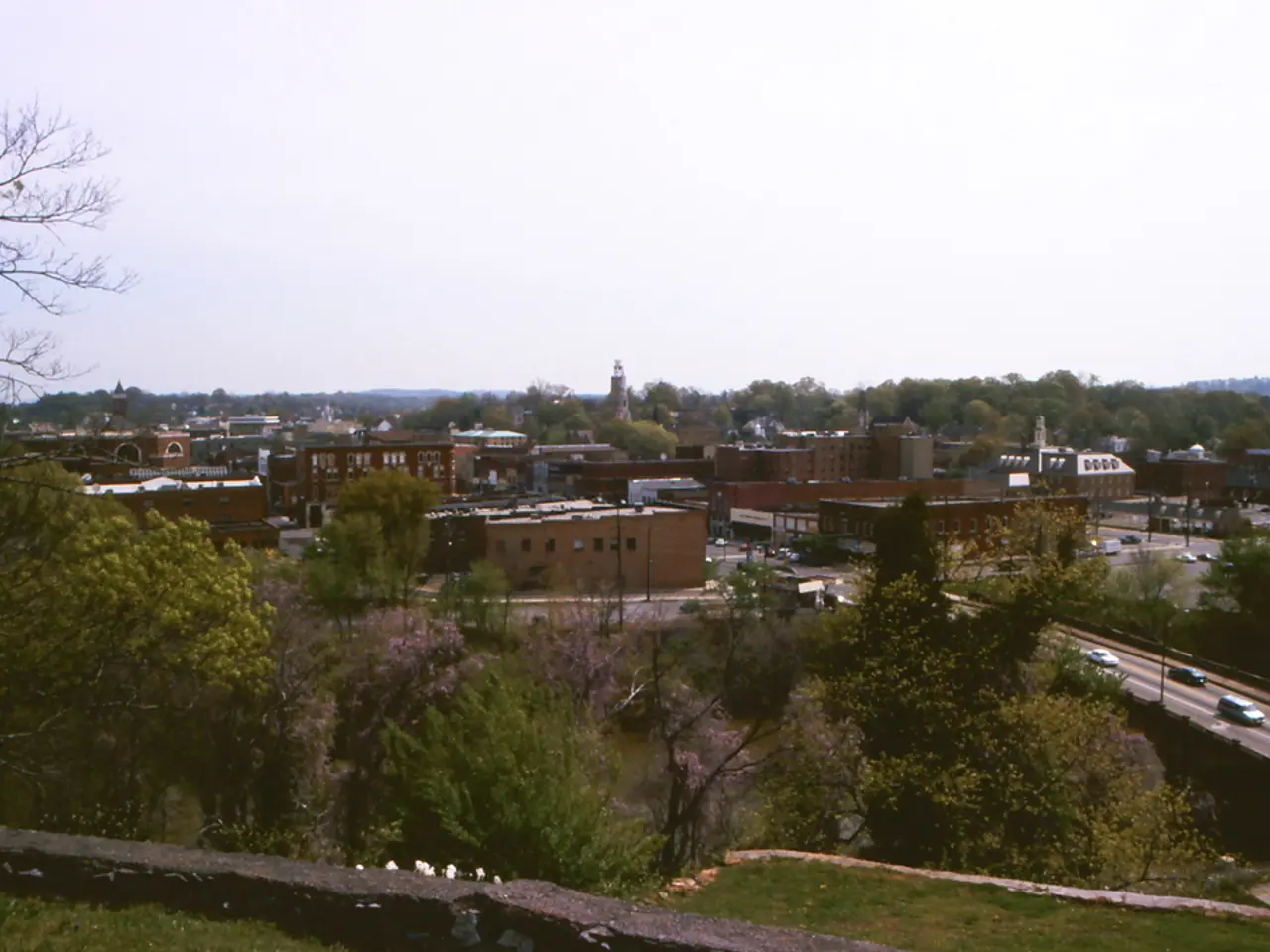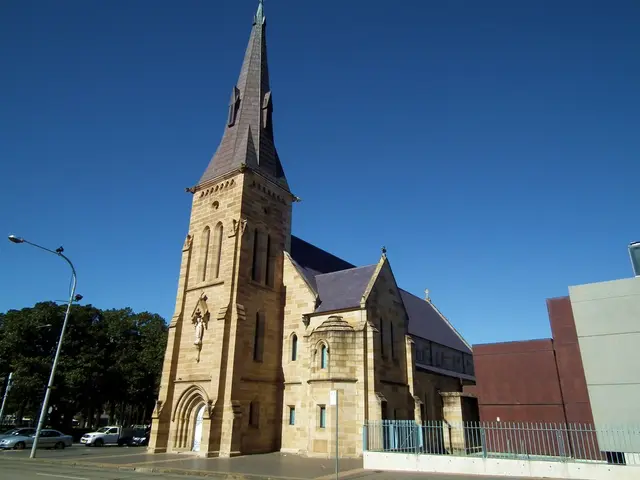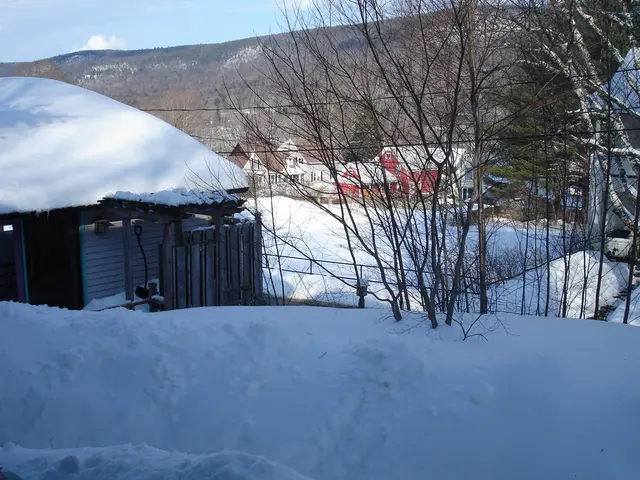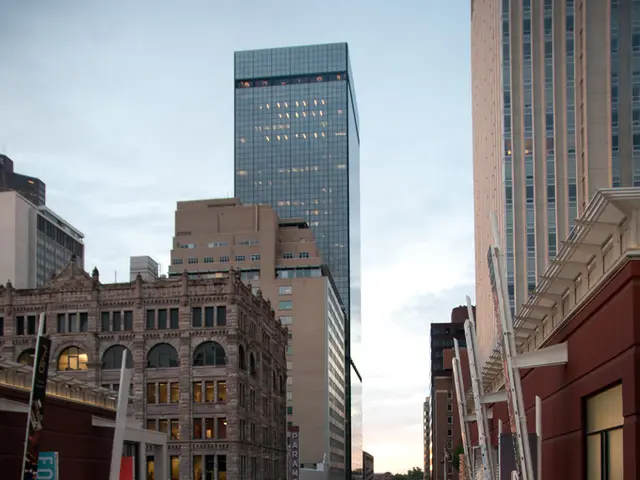Berlin Embraces Wood Construction for Sustainable Urban Development
Berlin is embracing wood construction, moving beyond initial pilot projects to integrate it into broader urban development. This shift brings significant environmental benefits and architectural advantages.
Tchoban Voss Architects are behind the 'Wood-Hybrid Building with Apartments and Offices' on Straße der Pariser Kommune in Berlin-Friedrichshain, demonstrating the versatility of wood in modern architecture.
Industrial prefabrication of wood construction processes is making building projects more efficient and reducing emissions on-site. This, coupled with wood's role in CO2 reduction, supports sustainable urban development. Notable projects include the 'Spark' office building in Prenzlauer Berg, certified DGNB Gold, and the WIR Quarter in Weißensee, showcasing innovative living forms and high ecological standards.
Wood's design advantages are also coming to the fore. It allows for flexible floor plans, quick construction times, and a pleasant indoor climate. Large-scale projects like the Vattenfall campus at Südkreuz and the Dockyard Waterfront Offices on the Spree further illustrate wood's potential in urban development.
Wood is increasingly central to Berlin's future architecture, offering a combination of climate protection, resource efficiency, and architectural quality. Its use in projects like the Schumacher Quarter in Tegel and residential quarters in Neukölln underscores its versatility and importance in sustainable urban development.







